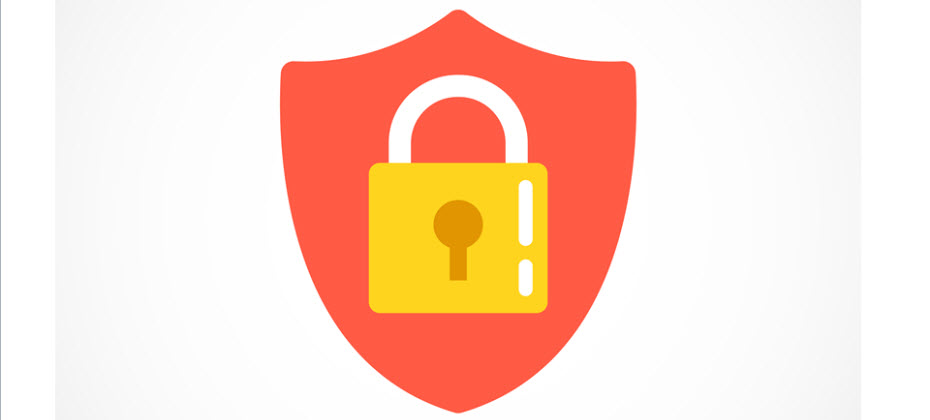By: Margarita Lim
Consumer data has increasingly become commoditized over the years. There’s a lot of it and it’s arguably more easily obtainable. Social Security number and date of birth information was once considered confidential information. Today, those data elements in addition to traditional consumer data such as name, address and phone number are more publicly available (either legitimately or illegitimately). The advent and popularity of social network Internet sites have also made considerable information about a person’s life – both professional and personal, available for anyone’s viewing pleasure.
So the question is…how much is too much information? If you’re a consumer who is particular about privacy, then you’ll have a lower threshold. On the other hand, if you’re a business trying to minimize fraud losses, then you’re at the other end of the spectrum – you can never have enough information to help prevent fraud – especially when you’re trying to keep up with fraud trends.
Data is a key element in fraud prevention. Experian has access to many data assets and has a reputation for providing high quality fraud products in the marketplace. The data we use in our fraud products comes from multiple sources and sets us apart from our competitors because corroborated data is more reliable than data from a single source. Having access to multiple data sources is especially beneficial in our Knowledge Based Authentication product where the different sources provide data that is critical to generating out of wallet questions.
Since companies rely on our fraud products to comply with the government’s Red Flag Rules and support Identity Theft Prevention Programs, it is extremely important that we have as much data as possible in our arsenal to thwart fraudsters’ activities and prevent consumers from being victimized by criminals. Keep in mind that these programs are only as good as the data used to confirm a person’s identity.
Although information can be a double-edged sword, I don’t think one can have too much information especially when the goal is to minimize fraud.


